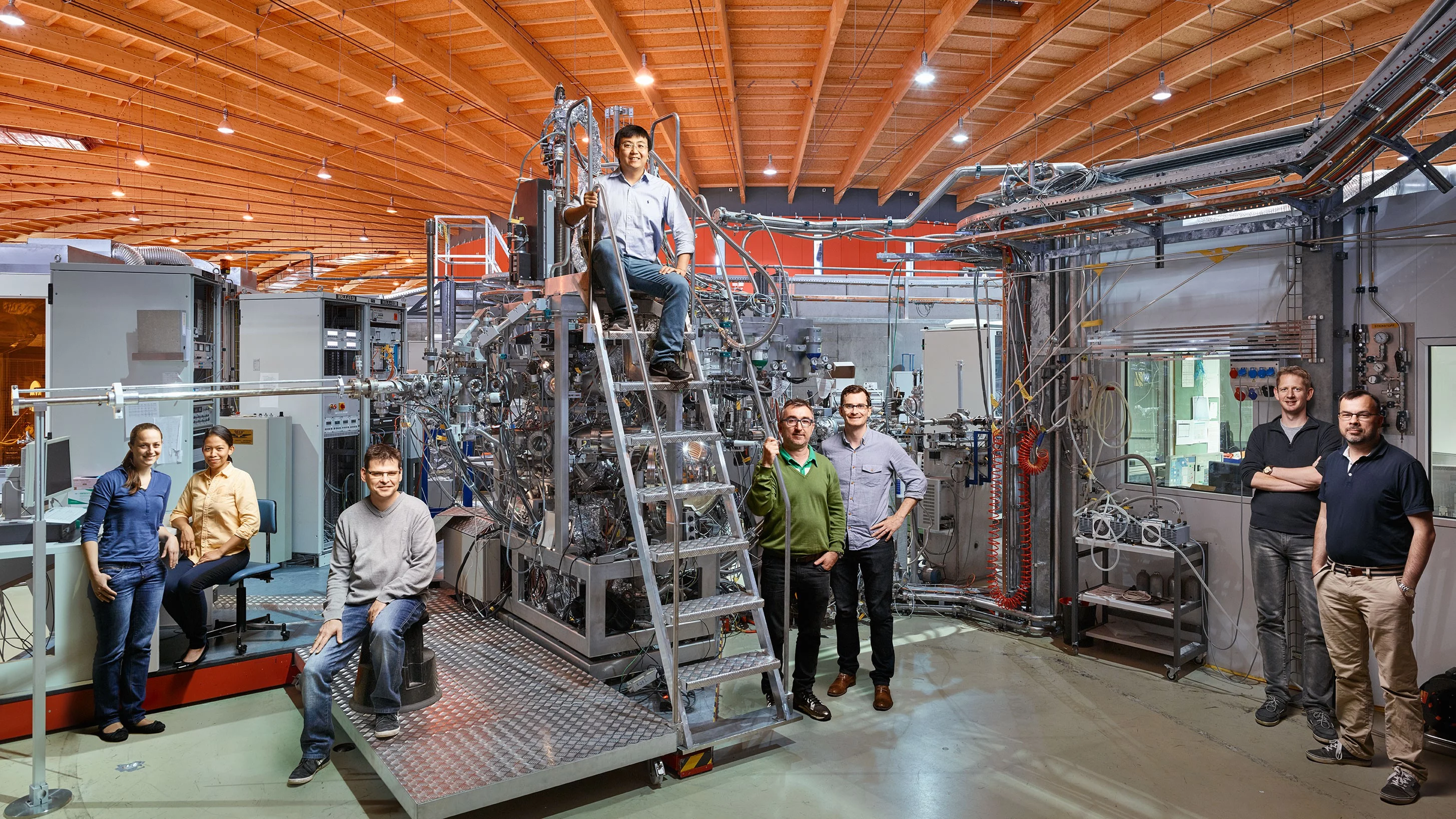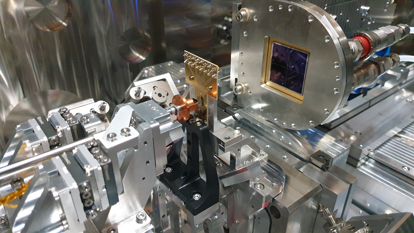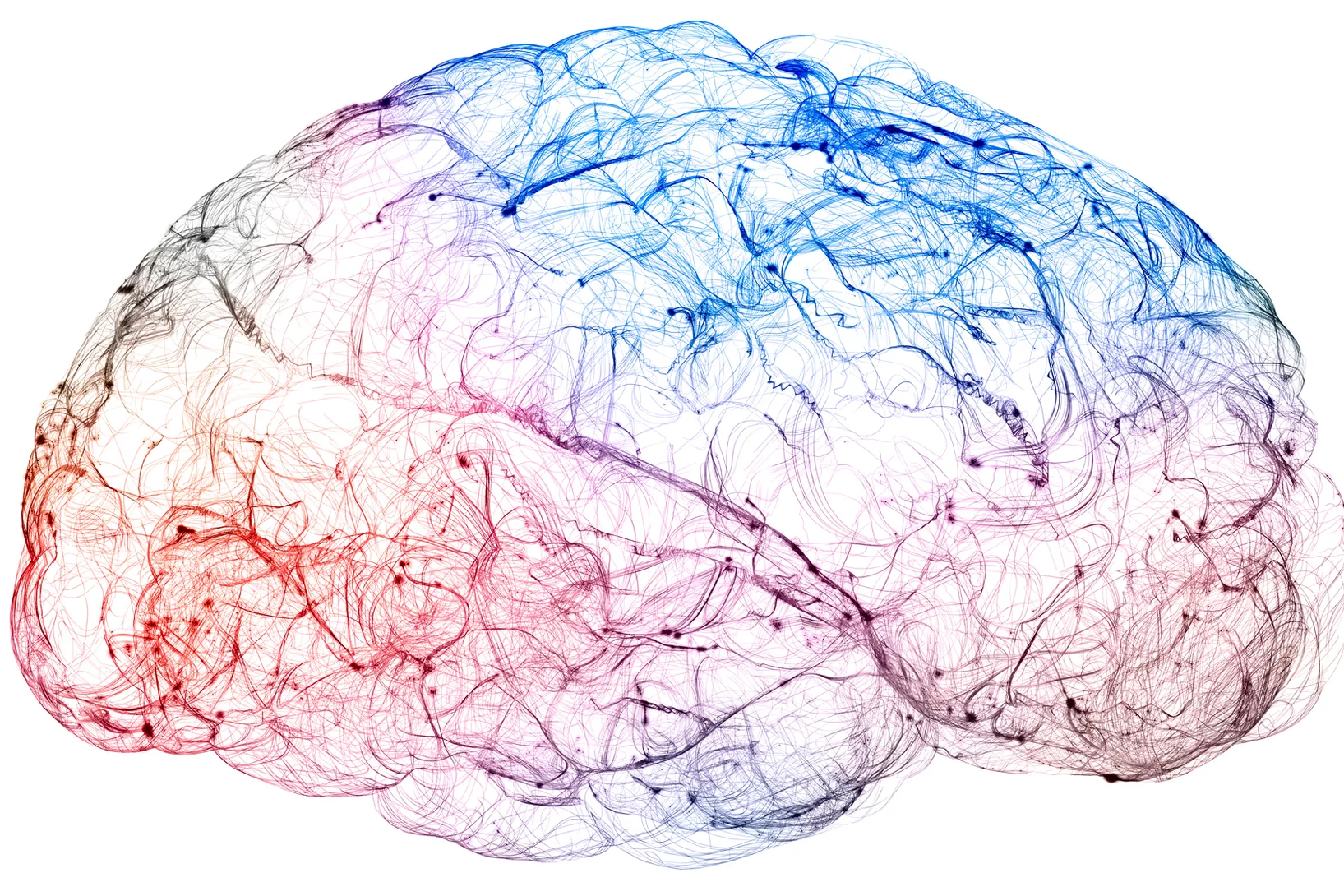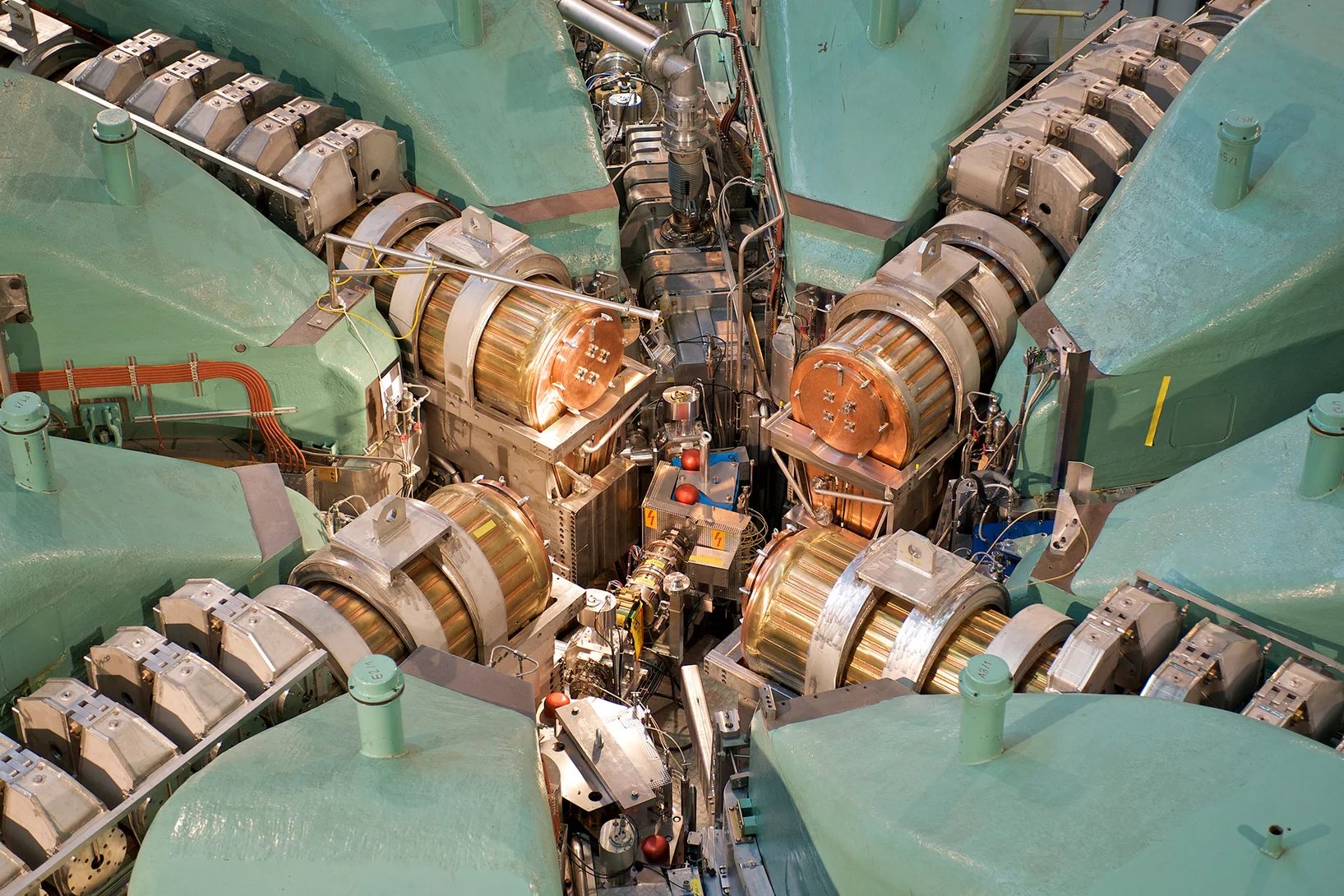The Swiss Light Source SLS has been in operation since 2001. This large research facility, which is unique in Switzerland, began a comprehensive upgrade to a diffraction-limited storage ring in October 2023. The machine upgrade was completed by the end of 2024, and the beamlines are now coming back online. With this upgrade, photon science at PSI will keep pace with the latest developments in science, technology, engineering and data processing.
Following the modernisation project, called SLS 2.0, novel research and more precise investigations are possible. With this technical overhaul, SLS will remain in the top tier of international synchrotron light sources. The project is being funded as part of the ERI Dispatch 2021-2024 programme.
Current operation status
Latest Scientific Highlights and News
SOPHIE - A new endstation for high-resolution soft X-ray ptychography
A new PSI-designed and built soft X-ray ptychography endstation, SOPHIE, has been successfully commissioned. Routine sub-5nm imaging was demonstrated.
Hochauflösende Gehirnkartierung dank Röntgenlicht in Reichweite
Ein Durchbruch bei einem bildgebenden Verfahren könnte die Verbindungen innerhalb des Gehirns in bisher unerreichter 3D-Auflösung sichtbar machen.
Coexistence of Insulatorlike Paramagnon and Metallic Spin-Orbit Exciton Modes in SrIrO3
We probe the spectrum of elementary excitations in SrIrO3 by using heterostructured [(SrIrO3)m / (SrTiO3)l] samples to approach the bulk limit. Our resonant inelastic x-ray scattering (RIXS) measurements at the Ir L3 edge reveal ...




